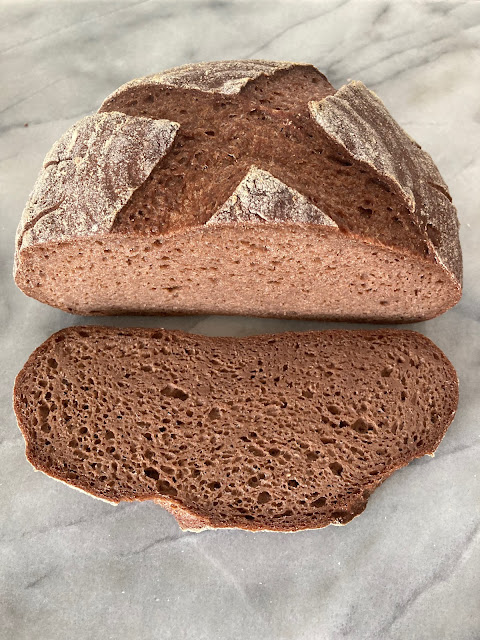Sterilize the Eco-friendly way with Iodine
When it comes to sterilizing things, I subscribe to the notion that Americans do it too much. Harsh chemicals in a home kitchen can be dangerous for humans and the environment. However, there are times when it's necessary to sanitize things. When I got my license to mix and package my baking mixes for Gluten-free Gourmand the inspector told me that I had to sanitize all equipment after washing it in a chemical sanitizer. I hate using chlorine - talk about harmful to the environment - but he let me know that I could use iodine instead if I wanted. It's quite a bit more eco-friendly since the substance occurs naturally. As a bonus it's really inexpensive. You can get a small bottle in most pharmacies or drug stores for a few dollars or less, and a little goes a long way. I think this is a good kitchen tip to share around.
Iodine isn't for everything. It's a dark brown color, so it can stain things, especially white plastics. I have noticed that it dulls some metal surfaces when used repeatedly. Iodine evaporates at temperatures above 120 degrees F, so you can't use it with very hot water. It also evaporates if you leave it in an open container for long, so mix it right before you're ready to sanitize. It can be tricky to use with water that's extremely alkaline. Also keep in mind that it's not safe for food use at full strength. Keep it out of the reach of children.
Here's how you do it:
Iodine isn't for everything. It's a dark brown color, so it can stain things, especially white plastics. I have noticed that it dulls some metal surfaces when used repeatedly. Iodine evaporates at temperatures above 120 degrees F, so you can't use it with very hot water. It also evaporates if you leave it in an open container for long, so mix it right before you're ready to sanitize. It can be tricky to use with water that's extremely alkaline. Also keep in mind that it's not safe for food use at full strength. Keep it out of the reach of children.
Here's how you do it:
- First, clean your items to be sanitized. The sanitizing step will not remove food particles - that has to be done with regular washing.
- Next, you want to make a solution that's pretty dilute, between 12.5-25 parts per million. That's about 1-1.5 tsp per gallon of tepid water. It should look like weak tea. In a bowl like the one shown it will take just a few drops. If you're worried about it you can find test strips in some grocery stores that help you test the water to see if the concentration is correct.
- Submerge your items to be sanitized in the watery solution and leave them there for at least one minute. I have found that this is a great way to sanitize kitchen sponges, but that this kind of material may need to sanitize longer than a hard surface. You can safely dispose of the solution down the drain when you're done with it.





Comments